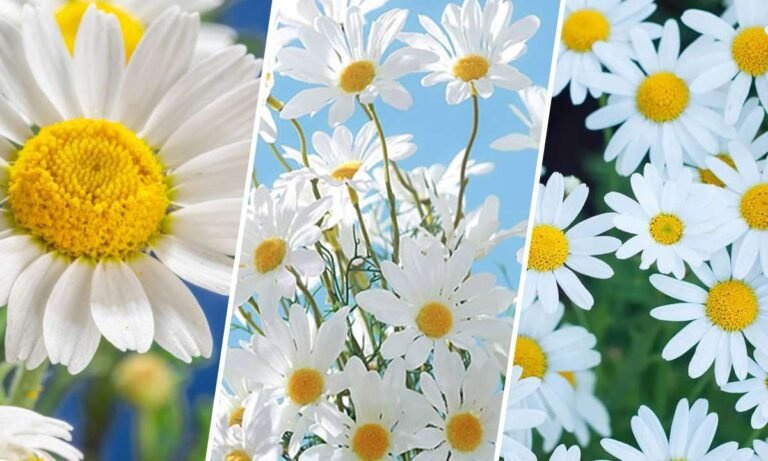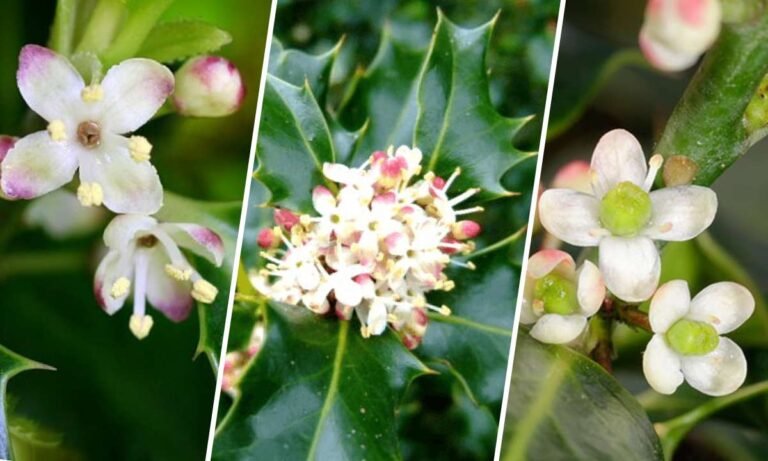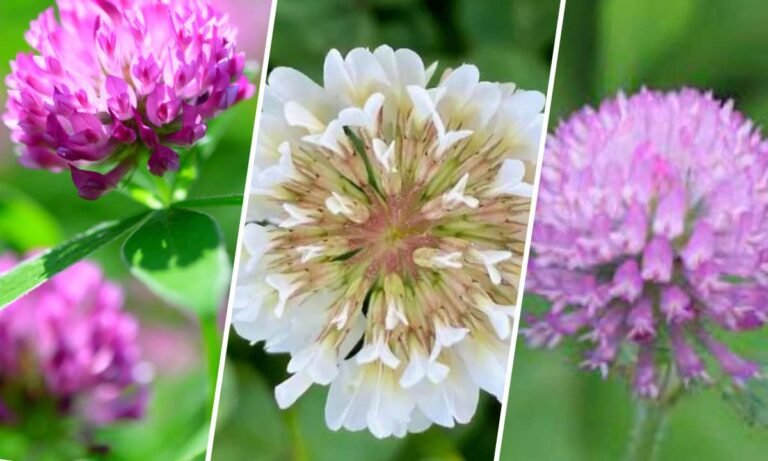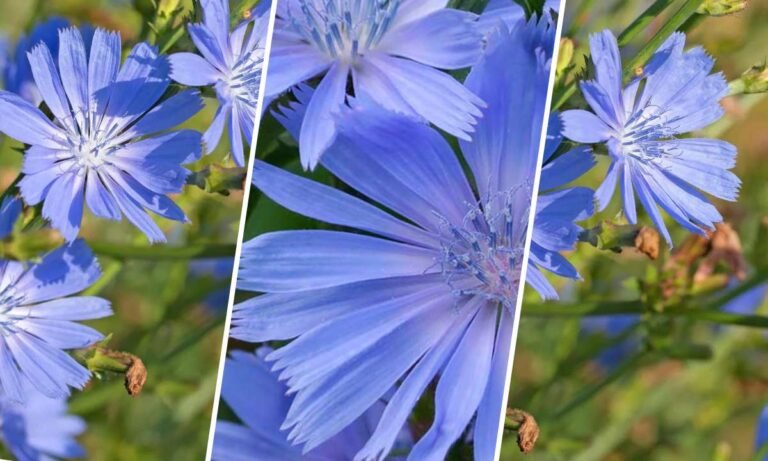The rosemary flower, with its fragrant leaves and delicate blossoms, holds a special place in herbal lore and symbolism. Revered for centuries for its culinary uses and medicinal properties, this herbaceous plant also carries deep symbolic meanings across cultures. Let’s explore the rich meanings, historical significance, and fascinating symbolism of the rosemary flower.
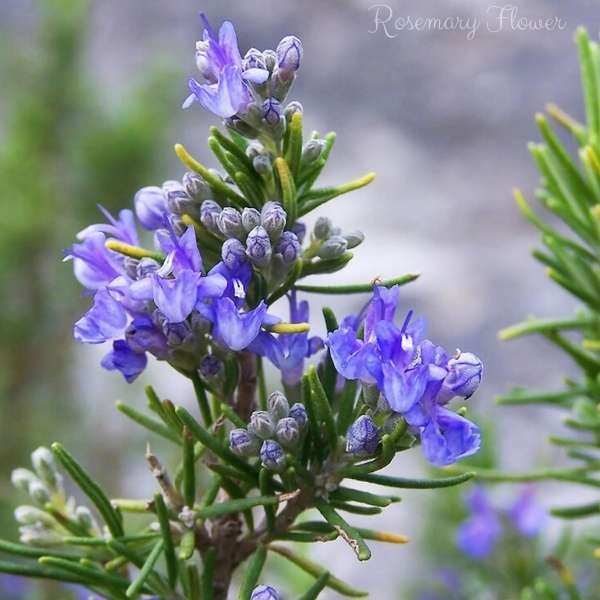
Origins and Etymology of the Rosemary Flower
The name “rosemary” comes from the Latin words “ros” (dew) and “marinus” (sea), which translates to “dew of the sea.” This reflects the plant’s natural habitat along the Mediterranean coast, where it thrives in sunny, coastal climates. Botanically known as Rosmarinus officinalis, rosemary is celebrated for its culinary versatility and symbolic associations.
Symbolic Meanings of the Rosemary Flower
Remembrance and Memory
Rosemary is strongly associated with remembrance and memory. In ancient Greece and Rome, people wore rosemary wreaths to enhance memory and concentration. Today, it continues to symbolize remembrance, often used in funerals and memorials to honor loved ones.
Protection and Purification
Rosemary also symbolizes protection and purification. Historically, it was believed to ward off evil spirits and negative energies. In European folklore, sprigs of rosemary were placed under pillows or hung above doorways to protect against malevolent forces and bring blessings to the household.
Love and Loyalty
In some cultures, rosemary represents love and loyalty. It has been used in wedding ceremonies as a symbol of fidelity and enduring love. The scent of rosemary was believed to strengthen the bond between couples and ensure a happy union.
Historical Significance of the Rosemary Flower
Ancient Civilizations
Rosemary has a rich history dating back to ancient civilizations. Egyptians, Greeks, and Romans valued rosemary not only for its culinary and medicinal properties but also for its symbolic significance. It was used in religious ceremonies and as a talisman for protection and prosperity.
Medieval Europe
During the Middle Ages, rosemary was considered a sacred herb associated with various rituals and beliefs. It was believed to purify the air and ward off disease. Sprigs of rosemary were often placed under pillows to ward off nightmares and ensure restful sleep.
Modern Usage
Today, rosemary is valued for its culinary uses and aromatic properties. It is a popular herb in Mediterranean cuisine, adding flavor to dishes ranging from roasted meats to savory breads. Its symbolic meanings of remembrance and protection are honored in various rituals and celebrations around the world.
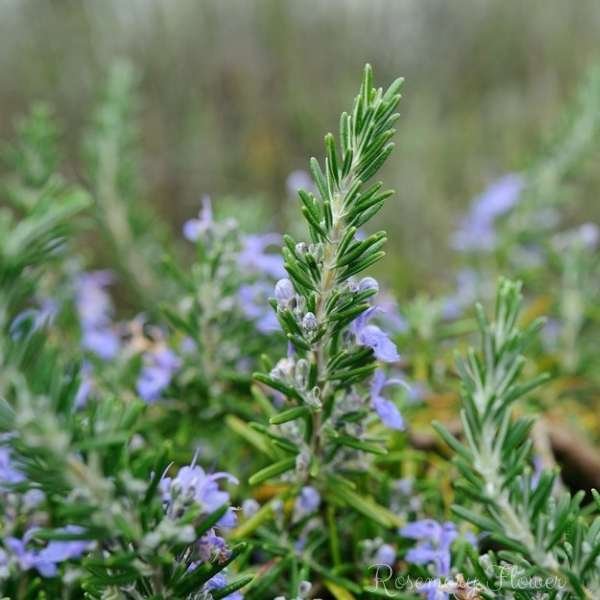
Different Varieties of Rosemary and Their Meanings
Tuscan Blue Rosemary
Tuscan Blue rosemary is known for its robust growth and intense fragrance. It symbolizes strength and resilience, thriving in challenging conditions and providing a steady source of aromatic leaves year-round.
Prostrate Rosemary
Prostrate rosemary is a low-growing variety that symbolizes adaptability and grounding. Its trailing habit makes it a popular choice for cascading over walls or garden borders, adding a touch of greenery and fragrance to any landscape.
Rosemary Flower in Art and Literature
Rosemary has inspired artists and writers throughout history. In literature, it is often referenced as a symbol of memory and fidelity. Shakespeare mentioned rosemary in “Hamlet,” where Ophelia speaks of it as a symbol of remembrance and sorrow.
Cultural Significance of the Rosemary Flower
Mediterranean Cultures
In Mediterranean cultures, rosemary is deeply intertwined with culinary traditions and folklore. It is believed to bring good luck and protection to households. Sprigs of rosemary are often included in wedding bouquets and religious ceremonies.
Western Traditions
In Western traditions, rosemary is associated with Christmas and the New Year. It is used in festive decorations and culinary preparations, symbolizing hope and renewal for the coming year.
How to Grow and Care for Rosemary
Planting Rosemary
Rosemary thrives in well-drained soil and full sunlight. Plant it in a location with good air circulation, as it is susceptible to fungal diseases in humid conditions. Start with young plants or propagate from cuttings for the best results.
Caring for Rosemary
Water rosemary regularly, allowing the soil to dry out between waterings. Prune the plant regularly to maintain its shape and encourage new growth. Rosemary is generally resistant to pests and diseases, making it a low-maintenance addition to gardens and containers.
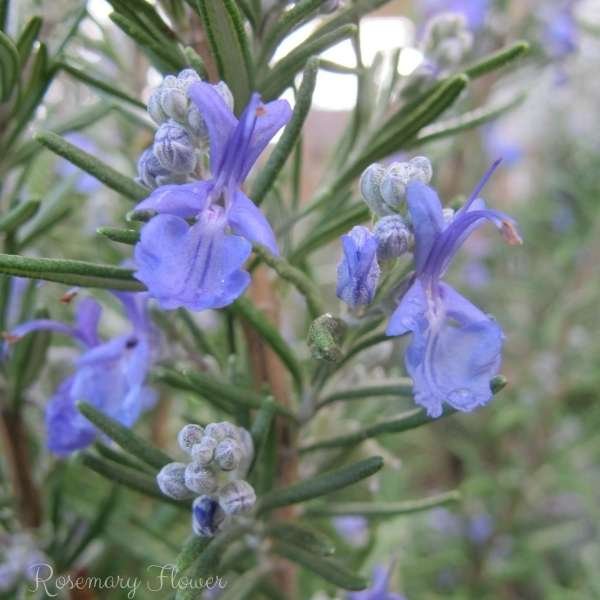
Conclusion
The rosemary flower is more than just a culinary herb; it is a symbol of remembrance, protection, and love across cultures and centuries. Whether adorning a garden, flavoring a dish, or woven into a wreath, rosemary continues to inspire and enchant with its rich history and deep-rooted symbolism.

